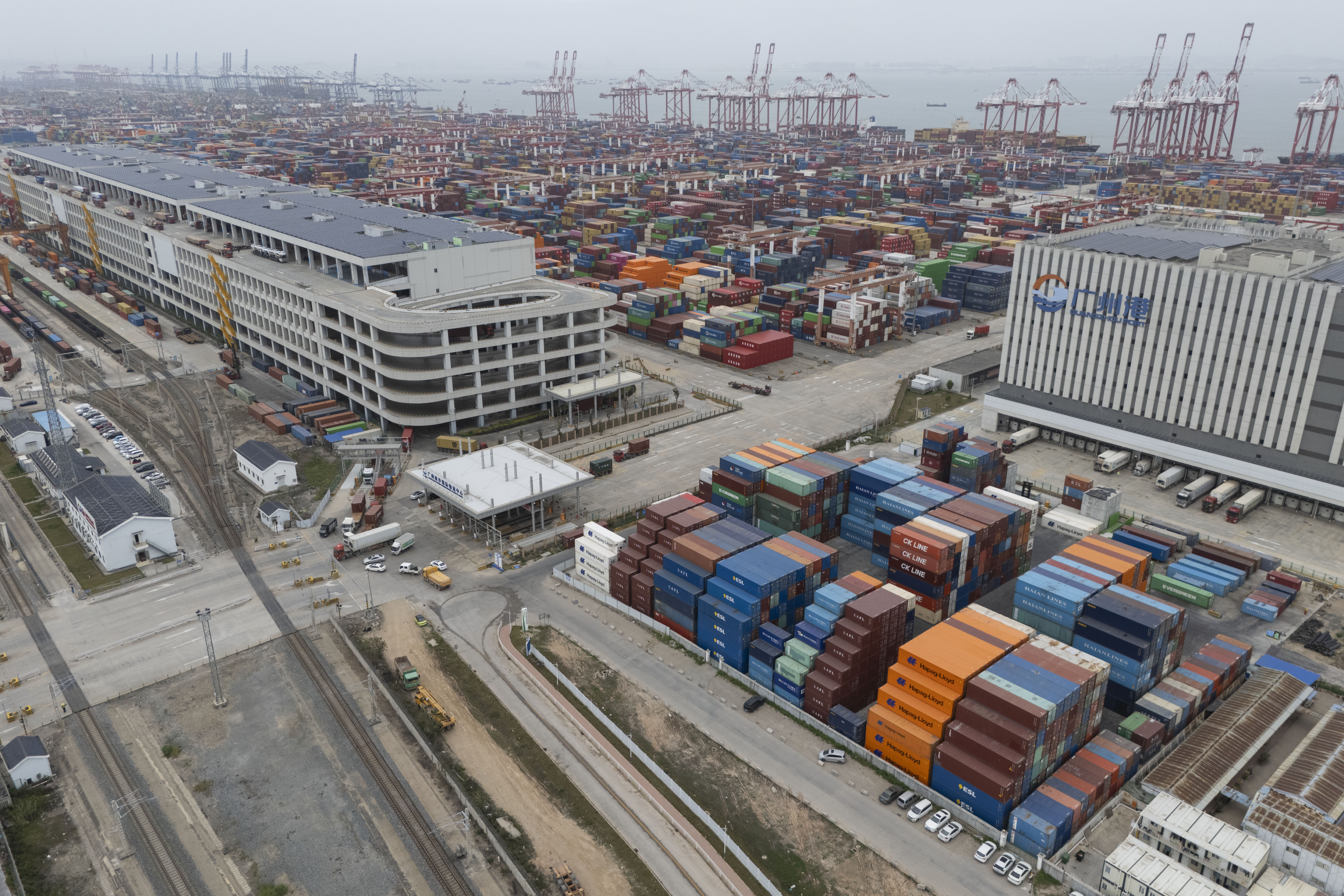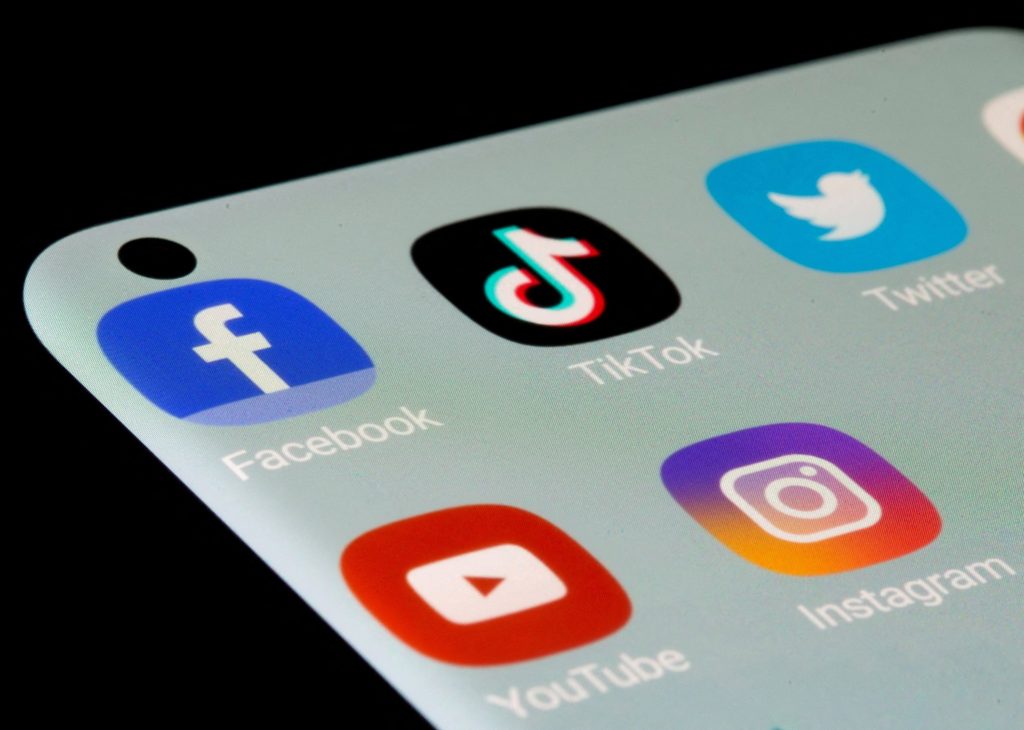Trump’s Tariffs Come For Fast Fashion, And The Blowback Could Be Fierce

The economic fallout from U.S. President Donald Trump’s tariff agenda hasn’t yet taken a toll on most American consumers. That changes on Friday.
Trump’s decision to eliminate a special exemption that allows products from mainland China and Hong Kong under $800 to enter the U.S. tariff-free, part of his trade offensive against Beijing, are hitting the ever-growing market of online shoppers. Starting Friday, Americans will see the cost of the president’s 145 percent tariff on Chinese goods on many packages they order directly from retailers there — some with tariff fees clearly displayed on their invoices.
It represents the first visible evidence of how tariffs are driving up the costs of home goods, clothes and other everyday items as Americans are spending billions of dollars with online sellers overseas. It’s a major political risk for a president and Republicans in Congress who campaigned on bringing prices down after a surge of inflation under President Joe Biden, and could feed the economic gloom among American voters, who are already alarmed about the impact of Trump’s tariffs.
Sen. Kevin Cramer (R-N.D.) acknowledged Thursday the tightrope his party is walking on tariffs. “I worry, probably as much as anything, that there could be some temporary inflation and that could have a lot of consequences. Hopefully not, but if so, play the long game.”
The White House argues the move to place tariffs on low-value packages form China will help combat fentanyl smuggling, noting cartels have taken advantage of the lack of customs screening. China is a major source of the illicit drug. “Tens of thousands of Americans are paying with their lives every year for the fentanyl and other illicit drugs that are being smuggled over our borders and through everyday packages,” said White House spokesman Kush Desai. “The Trump administration is committed to using every lever of executive power to save American lives and level the playing field for American workers and industries.”
But the Trump administration also seems to recognize the political peril. On Tuesday, Trump called Amazon CEO Jeff Bezos after a news report claimed Amazon would display how much tariffs are adding to each of its products’ prices.
White House press secretary Karoline Leavitt called it “a hostile and political act by Amazon” during a press briefing, before Amazon said that it was only “considering the idea” for one segment of products on its site.
But other online retailers are already attempting similar moves. Fast-fashion giants Shein and Temu, which ship many Chinese-made products directly to consumers, have already raised prices, and publicly blamed U.S. tariffs. Temu is displaying the “import charges” that more than double the costs of items coming from China, while highlighting “local” items not subject to tariffs. Etsy, the website which connects customers directly with craft makers, has urged people to buy and sell domestically and avoid purchasing products from China. And wedding website The Knot has stopped listing certain products from China in its The Knot Shop, which sells wedding tchotchkes like cake toppers and personalized napkins, according to an email to customers, which said that the decision was caused by the tariffs.
“New U.S. tariffs will prevent us from shipping China-made products to U.S. addresses after April 24,” The Knot told its customers. “Some items will be temporarily removed from our website.”
The global shipping company UPS recently rolled out a service where people will be able to see the full cost of their purchase — including tariffs — before checking out. That means anyone who uses UPS will be able to figure out exactly how much the Trump administration’s tariffs cost on each purchase.
“We have a flexible global network that is well-positioned to help our customers navigate shifts in global trade,” said Natasha Amadi, a spokesperson for UPS. “We will work with our customers as they evaluate their needs and adjust their supply chains.”
It will fall to shippers like UPS and FedEx, as well as the U.S. Postal Service, to collect the tariff payments on all incoming packages from China and Hong Kong. Packages sent via UPS, FedEx and other independent carriers will accrue a 145 percent tariff. Those receiving shipments through the postal service will be able to choose whether to pay 120 percent of the product’s value as a tariff or a flat fee of $100 through June 2, when it jumps up to $200.
The cost will fall on the person who is buying the product — the de facto importer — unless the business that’s mailing the package chooses to pay the tariff up front. That decision will look different for each business.
If the seller doesn’t pick up the cost of the tariff, the person purchasing it would either have to pay online, pay when a carrier delivers their package or pay at the post office, FedEx or UPS center.
Etsy published a guide for how its sellers should navigate tariffs, including suggestions for how to price goods to factor in tariffs. Among the suggestions are incorporating the tariff if the seller plans to pay the tariff, or keeping a price lower if they’re expecting the buyer to pay the fee.
“We recommend being transparent with your buyers if you believe a potential sale may be subject to tariffs or if your costs have been changed to reflect the cost of tariffs,” the guide says. “Consider adding messaging to your shop announcement or in your listing descriptions, or communicating directly with your buyers.”
The logistical headaches are precisely why Congress created the “de minimis” exemption for low-dollar packages almost a century ago, reasoning it wasn’t worth the time or expense to screen and collect duties on such small-value packages. And it’s why the Trump administration had to suspend its initial plan to eliminate the loophole in February, after packages began to pile up as Customs and Border Protection attempted to design a new screening system. Trump then asked the Department of Commerce to develop a system to process all the low-dollar packages entering the U.S. from China, which they determined would be up and running by May.
“U.S. Customs and Border Protection (CBP) certainly has a huge task on its hand,” a CBP spokesperson said in a statement. “However, the agency is uniquely positioned to implement and enforce the President’s tariffs using all our enforcement and revenue collection authorities.”
Chinese retailers, in particular, have taken advantage of the tariff exemption in recent years.
The U.S. imported $66 billion in low-value packages in 2023, a significant jump from $5.3 billion in 2018, according to CBP. China and Hong Kong accounted for 67.4 percent of the de minimis shipments into the U.S. between 2018 and 2021 as Gen Z Americans, in particular, gobbled up the cheap clothes and other items that sites like Shein feature.
Those consumers will now see the price tags for their fast fashion orders creeping up, at the same time that other parts of the economy are also under strain from Trump’s sky-high tariffs on China, 10 percent baseline tariff on all imports, and 25 percent tariffs on certain sectors like steel, aluminum and autos.
Trade and economic analysts are predicting that the Chinese tariffs, in particular, could begin to result in price hikes and shortages in mid-to-late May, as retailers work through their existing inventory of goods. Treasury Secretary Scott Bessent has acknowledged that the current rate on China is effectively an “embargo,” since it makes Chinese goods cost-prohibitive.
“You’re going to see some small businesses fail,” said Scott Lincicome, the director of general economics at the Cato Institute, a think tank that supports free trade. Where big businesses have spent months bulking up their inventory and can spread out costs among products, small businesses that rely on products that can only be found in China or companies that ship directly to consumers will struggle.
“The little guys, they don’t have these options,” Lincicome said.


